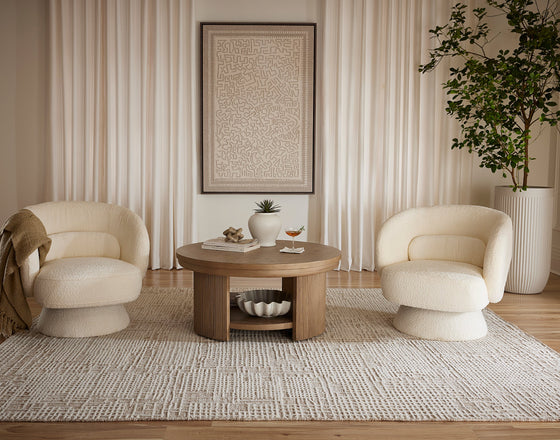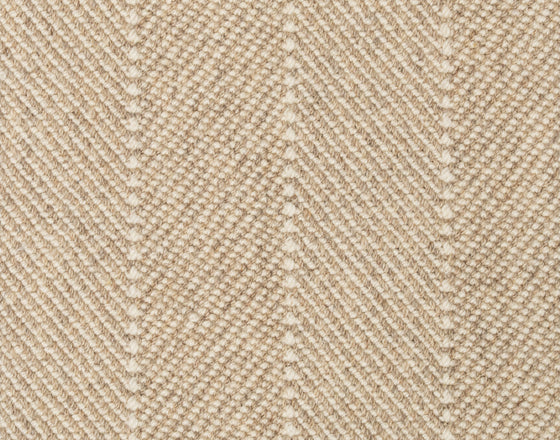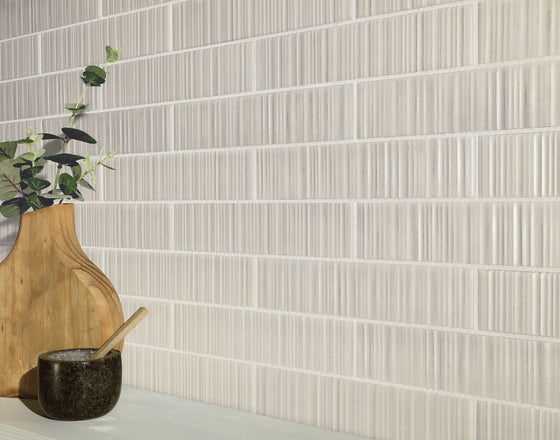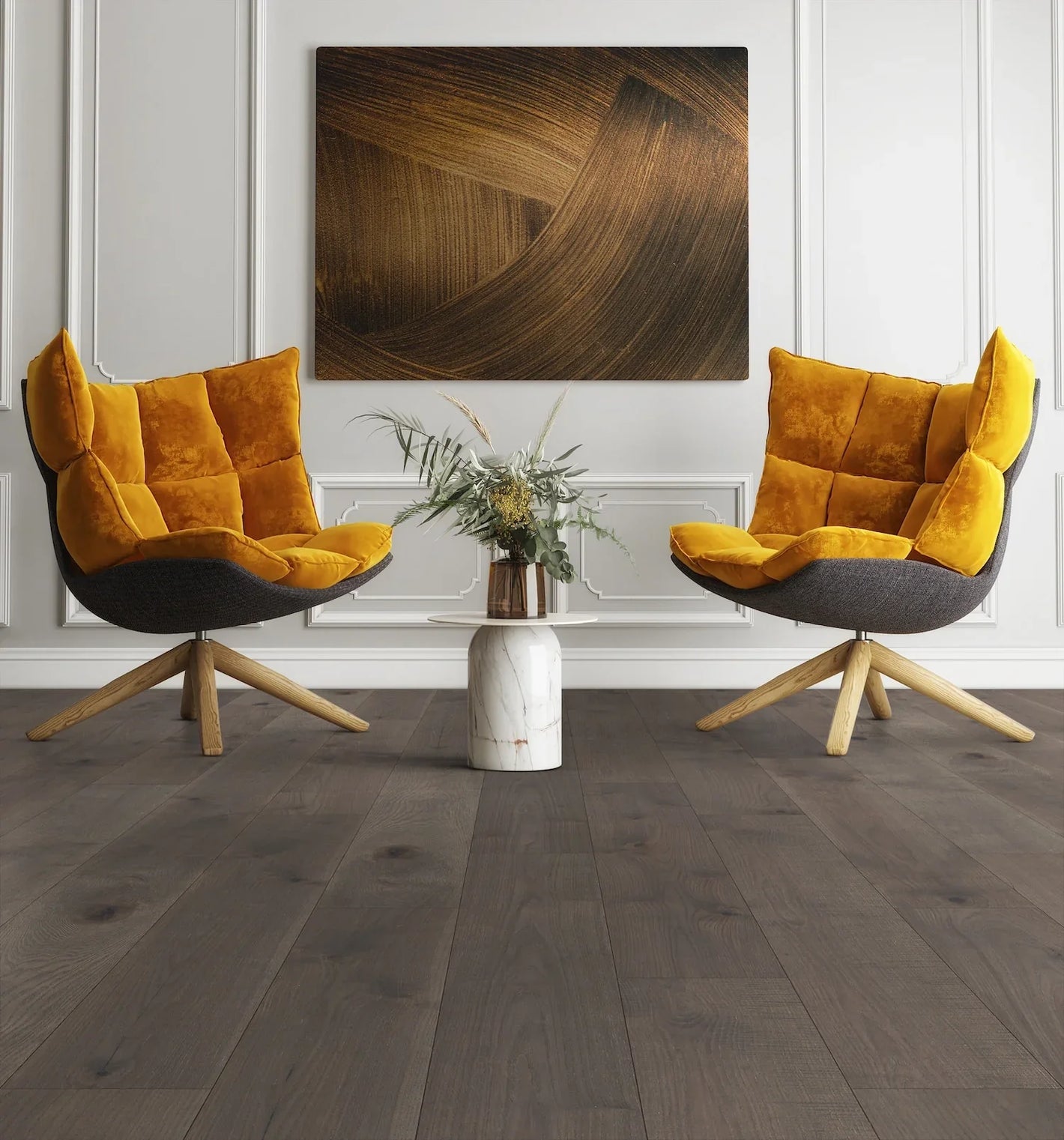Hardwood floors are one of the most beautiful and long-lasting flooring options you can install in your home—but they also happen to be one of the most sensitive. Unlike tile or vinyl, wood is a natural, living material that responds to its environment. Changes in humidity and temperature can lead to warping, cupping, gapping, and other issues that affect both the look and performance of your floors.
Whether you're dealing with dry winter air or sticky summer humidity, understanding how climate impacts hardwood can help you take preventative steps and avoid costly repairs. Here’s what you need to know to keep your hardwood floors looking flawless all year long.
Why Humidity Matters So Much
Wood is hygroscopic, meaning it absorbs and releases moisture depending on the environment. When humidity levels rise, your hardwood flooring will expand. When the air is too dry, it will contract. These natural movements can cause visible changes in your floor if not properly managed.
What Happens with Too Much Humidity:
Boards may expand and press against each other, causing cupping or lifting at the edges.
In extreme cases, moisture can cause warping or buckling.
Mold or mildew may develop beneath the floorboards if excess moisture is sustained over time.
What Happens with Too Little Humidity:
Boards contract, leading to gaps between planks.
Cracks may appear, especially during winter months when heating systems dry out indoor air.
Over time, repeated drying can weaken wood and lead to permanent damage.
The ideal indoor humidity level for hardwood floors is between 35% and 55%. Staying within this range minimizes the risk of expansion or shrinkage.
Temperature Swings: What You Should Know
Creaking floors as the wood expands and contracts.
Cracking or splitting, especially if the home goes from cold to hot quickly.
Compromised finish, particularly with radiant heat or direct sunlight exposure.
Keep in mind: temperature affects humidity, so the two often go hand-in-hand. That’s why managing both is essential.
How to Prevent Climate-Related Damage
Thankfully, hardwood floors can stay in top shape for decades with the right care. Here are a few key steps to help regulate your indoor climate and prevent damage.
1. Use a Humidifier in Winter
Cold air holds less moisture, and your heating system makes things even drier. A whole-home humidifier or room unit helps balance moisture and prevent floorboards from drying out and shrinking.
2. Run a Dehumidifier in Summer
When the air gets heavy with humidity, use a dehumidifier—especially in basements or lower levels. This helps prevent your floors from absorbing too much moisture and expanding.
3. Invest in a Smart Thermostat
Programmable or smart thermostats help maintain a stable temperature throughout the day and night, reducing fluctuations that can impact your floors.
4. Don’t Skip the Acclimation Process
Before installing hardwood flooring, it’s crucial to let the planks adjust to the indoor climate for several days. This helps minimize expansion and contraction after installation.
5. Use Window Treatments
Direct sunlight can heat up floors and lead to uneven fading or drying. Curtains, blinds, or UV-blocking window films help protect your flooring from the sun’s harsh effects.
What to Do If You Notice Changes
If you start seeing gaps, cupping, or warping in your hardwood floors, don’t panic—minor changes are normal with seasonal shifts. But if the damage seems severe or continues to worsen, here are a few steps to take:
-
Check indoor humidity and temperature using a hygrometer and an indoor thermometer.
-
Adjust accordingly using a humidifier or dehumidifier to bring levels back into balance.
-
Consult a flooring professional if issues persist.
The Bottom Line: Climate Control Is Key
Hardwood floors are a major investment—and one worth protecting. With a little knowledge and a few proactive habits, you can prevent most climate-related issues and keep your floors looking beautiful year after year.
Whether you're dealing with dry winters, humid summers, or wild temperature swings, taking the time to maintain a stable indoor environment pays off. Your floors will thank you.
Looking to upgrade your floors or get expert advice on caring for your current hardwood? Visit Home Carpet One for premium hardwood selections and professional guidance from our flooring experts. We’re here to help you make the most of your space—season after season.














